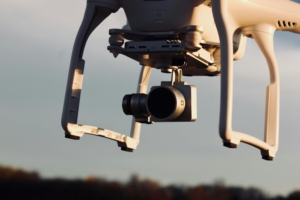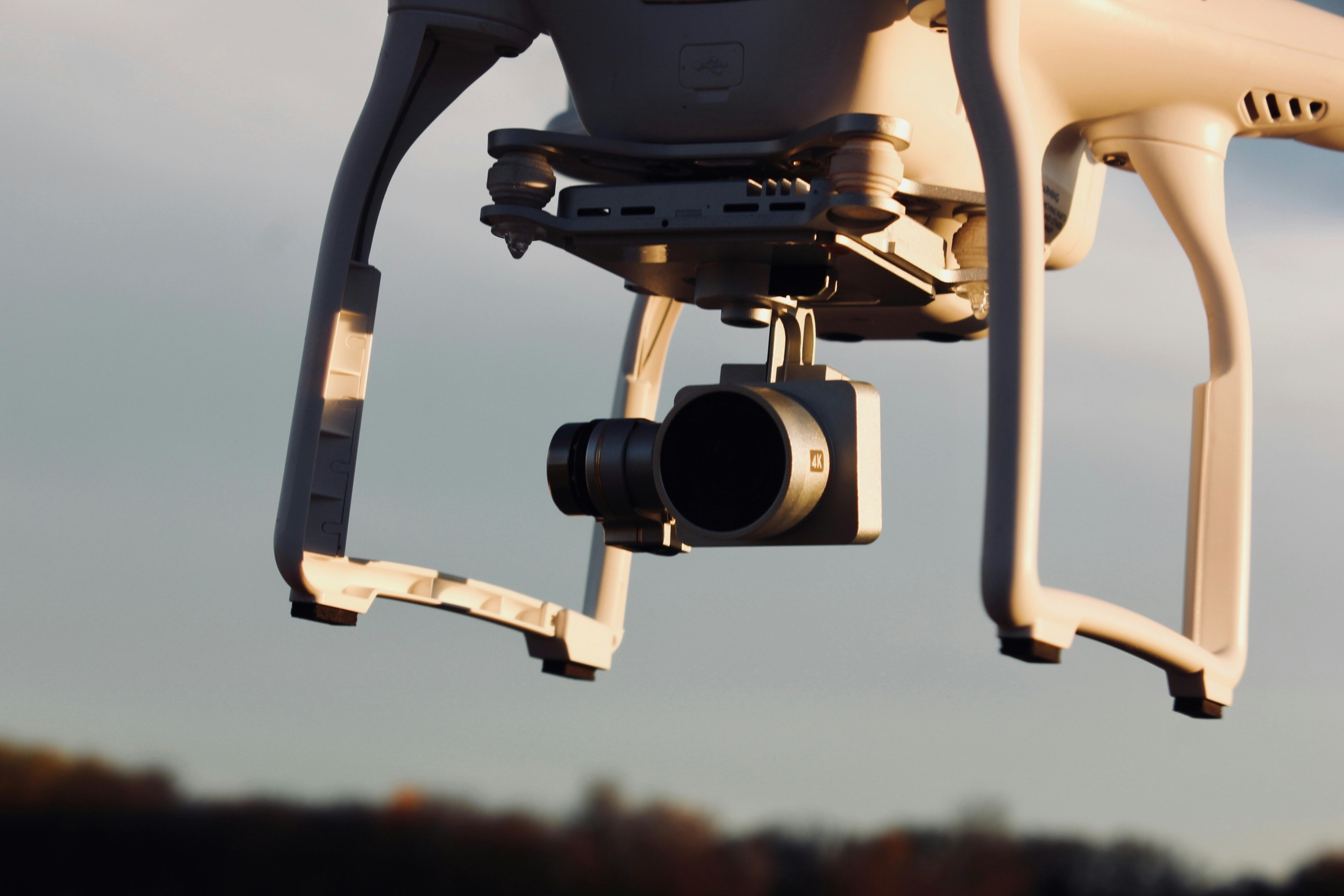Technology is changing the world as we know it! It seems new technological advances are emerging at the speed of light – and the world shifts a bit with each new development.
Sensors and advanced technology now monitor public officials’ activities in hundreds of ways, and artificial intelligence is already providing them with the assistance that people once offered. New skills will be required as technology seeps into every aspect of citizen service. Training will become a high priority for public entities as advanced technology continues to shift even more activities and oversight away from the type of human control that now exists.
The benefits of new technology are manifold and significant. They include improved efficiency, enhanced data collection, convenient automated services for citizens, better data sharing for planning purposes, greater oversight and control of public safety and increased transparency for the public.
Autonomous vehicles are already on roadways, surveillance technology is becoming ubiquitous, predictive analysis is being used, and education is being revamped to accommodate artificial intelligence. It is interesting to see examples of innovative changes that are changing government. Examples of technology-driven projects that follow have either launched recently or are in the process of launching.
The city of Lafayette in Louisiana uses gunshot detection sensors to enhance the efforts of first responders. The sensors reduce police response time when a gun is fired, but only certain areas are currently programmed to collect sound that hits a certain threshold. Sensor technology captures the sound and alerts responders to a location while calculating the exact area of concern based on how long it took for the soundto reach tech-enhanced microphones. Many U.S. cities now have gunshot sensors, and they are an attractive offering for college and university campuses.
Many municipal officials have deployed unmanned aerial systems (drones) that monitor activity and enhance response time for first responders to disturbances. Drones are also being used in other ways too. New York City officials invested more than $1 million in a pilot program to have drones scan the exteriors and roofs of buildings. The scans are then used to improve energy efficiency by identifying weak points. It is more efficient and much less costly.
Washington law enforcement officers in Bellevue deploy drones to provide a bird’s-eye view at the scene of an accident and monitor surveillance of significant public events. Other public officials increasingly use drones to inspect difficult-to-reach structures such as bridges and tunnels for structural assessments.
An Innovative Technology Program in Kansas received $3.5 million to support 13 technology projects this year. One of the largest awards, $900,000, will benefit the Salina Regional Airport. An advanced fire-suppression system will be acquired. While costly, this type of fire-safety system provides much greater benefits than a traditional foam system. The advanced fire-suppression system will not cause damage to an aircraft like a foam system would. It is chemical-based and will not corrode metal or conduct electricity. Additional Kansas projects to be supported this year by the program include the procurement of truck driving simulators to assist with commercial driver license programs. Another project that will be funded is a battery backup power system for traffic lights.

Photo by George Kroeker on Unsplash
Technology is sought as government officials struggle with the challenges of balancing growing populations and shrinking budgets. Miami-Dade County officials, serving a population approaching 3 million residents, use predictive analytics to lower costs, respond to crime and improve transparency. Officials used a cloud-based system to store large amounts of consolidated data and prepare it for predictive analytics. The program now operates across 35 municipalities and delivers a big-picture view of county-wide operations. There are numerous benefits, but one example of how predictive analytics works is that a smart meter initiative paired with predictive analytics can cut water consumption by 20% and potentially generate up to $1 million a year in savings just through leak prevention.
The Miami-Dade Police Department also uses predictive analytics to analyze crime patterns and deploy officers based on projections made by the program. Predictive analytics data is particularly beneficial in investigative efforts related to public safety and managing citizen services. In the future, county officials are considering using predictive analytics to plan for hurricanes.
The Tennessee Department of Transportation oversaw one of the most comprehensive traffic observation initiatives ever launched in collaboration with Vanderbilt University in 2022. The $11 million project used AI and deep learning software to improve traffic flow within Nashville. Three hundred 4k digital sensors were placed 600 feet apart along a 4-mile stretch of Interstate 24. More than one hundred AI-equipped vehicles were monitored as they regularly traveled over 2,700 hours on the roadway. The objective was to capture data to assess traffic patterns, fuel economy, and air quality. The study also sought data related to driver behavior to ease traffic buildups from sudden braking incidents.
Advanced technology is also increasingly integrated into transit infrastructure. Officials in Los Angeles will soon provide an automated people mover equipped with all types of advanced technology. It will transport people to and from the airport. The objective is to reduce traffic congestion and move people efficiently and safely to various destinations. The $5.5 billion program will have cutting-edge technology allowing driverless vehicles to travel along a 2.25-mile elevated railway system. The route will link six train stations connecting passengers to airport terminals, the rental car facility, parking and other transportation options. The fleet consists of 44 fully electric driverless train cars that will also use technology to generate a portion of their required power through regenerative braking that converts kinetic energy into stored electrical energy. The transit authority’s maintenance and rental car facility will both use advanced technology for inventory management and automated car retrieval. It will provide data to traffic management systems, including real-time traffic monitoring, dynamic lane control and a connected vehicle technology system that allows vehicles to communicate with each other using wireless technology.
The new technology that citizens may not see includes sensors attached to government-owned vehicles that capture road maintenance needs, sensors that monitor traffic patterns daily, handheld license readers and botts that control online citizen services.
Private sector firms with offerings for government officials are advised to check on all new technology that has been integrated into a public entity since the last visit. Public officials are now seeking new types of offerings, especially those that will coordinate with new technology. Keep in mind that success will come from meeting them where they are now in the constantly changing environment that advanced technology has created.







